ABHS AB7 18K Senior Stick
18K Weave AB7
66″ Senior Ice Hockey Stick
$104.99 each
Ultra-Lightweight
395gm** +/-10gm 18K Weave True One-Piece 100% Carbon Composite Hockey Stick
AB7 Blade Specs
Curve Type: Mid-Heel
Curve Depth: 3/8″
Face Angle: Neutral
Blade Lie: 5
Blade Length: Medium
Toe Shape: Round
Comparable to:
Bauer PM9
Easton E4/P4
Reebok P42
CCM C42
Warrior W01
Sherwood PP96
TRUE X9
Flex
- Low Flex (e.g., 50–75): Easier to load, suitable for wrist and snap shots.
- Mid Flex (e.g., 75–100): A balance of power and control.
- High Flex (e.g., 100+): More power, better for slap shots but harder to load.
Finish
- Grip Finish: Best for players who prioritize control and stability, especially forwards or players with an active stickhandling style.
- Matte Finish: Ideal for players who prefer more freedom of movement or a more traditional, smooth feel, often favored by defensemen or those taking powerful slap shots.
Details about Blade, Flex and Finish choices can be found below in product description.
$104.99
18K Weave Ice Hockey Stick: Unmatched Quality and Performance
The 18K Weave Ice Hockey Stick is made with the highest quality materials and advanced construction techniques. The stick features an 18K weave design, which provides superior strength, durability, and responsiveness on the ice.
The 18K Weave Ice Hockey Stick is designed to offer improved control and precision with each shot. The stick features a balanced weight distribution and optimized blade curve, allowing for more accurate shots and better stick handling. The stick's lightweight construction also allows for quick and nimble movements, giving you the edge you need on the ice.
Whether you are a beginner or a seasoned pro, this stick will deliver the performance you need to elevate your game.
Blade Specifications Explained
Curve Type
The curve type refers to where the blade curves along its length:
- Toe Curve: The curve is concentrated near the blade’s toe. Ideal for quick wrist shots, stickhandling, and top-shelf accuracy.
- Mid Curve: The curve is at the center of the blade. Provides a balance of control and power, suitable for all-around players.
- Heel Curve: The curve is closer to the heel of the blade. Enhances power in slap shots and accuracy on long passes.
Curve Depth
The depth measures how pronounced the curve is:
- Shallow Curve: Minimal curvature, offering better puck control for stickhandling and passing.
- Moderate Curve: A balanced option, providing versatility for shots and passes.
- Deep Curve: A pronounced curve, great for lifting the puck and generating spin on shots, but can make it harder to keep the puck flat.
Face Angle
The face angle determines the tilt of the blade’s front:
- Open Face: The blade is tilted backward, like a golf club. It helps lift the puck easily and is useful for shots aimed at the upper part of the net.
- Neutral Face: The blade is relatively flat. It provides consistent puck contact for passes and low shots.
- Closed Face: The blade tilts slightly forward, keeping shots low and improving puck control for hard passes.
Blade Lie
The lie is the angle between the blade and the shaft, impacting how the blade contacts the ice:
- Lower Lie (e.g., 4 or 5): The blade is flatter, suited for players who skate low and keep the puck farther away.
- Higher Lie (e.g., 6 or 7): The blade is more upright, ideal for players who skate upright and keep the puck close.
Blade Length
Blade length affects handling and shooting:
- Short Blade: Easier to maneuver, better for stickhandling in tight spaces.
- Long Blade: Offers more surface area for puck control and stability, useful for defensemen and players who take a lot of long-range shots.
Toe Shape
The toe is the blade’s end and comes in different shapes:
- Square Toe: Flat edge, good for blocking shots and defensive play.
- Rounded Toe: Curved edge, better for stickhandling and smoother puck movement.
Flex Explained
In hockey, flex refers to the amount of bend or flexibility in the shaft of a hockey stick when force is applied. It is a critical aspect of the stick’s performance and directly impacts shot power, accuracy, and control.
What is Flex?
Flex is measured by the amount of force (in pounds) needed to bend the stick one inch. For example:
- A flex rating of 75 means it takes 75 pounds of force to bend the stick one inch.
- A flex rating of 100 means it takes 100 pounds of force to achieve the same bend.
How Flex Works
When you apply pressure to the stick during a shot, it bends, storing potential energy. As the puck is released, the stick straightens, transferring the stored energy to the puck for greater speed and power.
Choosing the Right Flex
The ideal flex depends on a player’s:
- Body Weight
- A common rule of thumb is to choose a flex that is about half your body weight in pounds. For example, a player weighing 160 pounds might start with an 80-flex stick.
- Strength and Playing Style
- Stronger players or those who take more slap shots may prefer a stiffer stick with a higher flex rating (e.g., 100+).
- Players who rely on quick wrist shots or finesse may opt for a lower flex (e.g., 75 or below) for easier loading and better puck control.
- Position
- Defensemen might choose a stiffer flex for powerful slap shots and clearing the puck.
- Forwards might prefer a lower flex for quick-release shots and better puck handling.
- Age and Size
- Junior, intermediate, and senior sticks have different flex options to suit various age groups and body sizes.
Finding the right flex can significantly improve a player’s performance by optimizing shot power, control, and accuracy.
Finish Explained
When it comes to the finish of ice hockey sticks, the grip and matte finishes refer to the texture and feel of the stick’s surface, affecting how the player interacts with the stick during gameplay.
Grip Finish (Shiny but Tacky):
Description: A grip finish typically has a slightly sticky or tacky texture. The surface often looks shiny due to a coating designed to enhance the player’s control over the stick.
Advantages:
- Better Control: The tacky feel helps players maintain a secure hold, especially during fast-paced movements or when their gloves get sweaty.
- Improved Handling: Ideal for players who rely on quick dekes, stickhandling, or wrist shots, as the stick doesn’t easily slip in their hands.
- Stability: Helps keep the hand placement consistent, reducing the need to constantly adjust grip during play.
Considerations: Some players may find the extra grip restrictive, as it can slightly hinder sliding hand movements for techniques like poke-checking or quick positional adjustments.
Matte Finish (Dull but Slick):
Description: A matte finish has a smooth, non-reflective, and slightly slick surface. It lacks the tackiness of a grip finish and has a more understated, muted appearance.
Advantages:
- Free Hand Movement: Allows players to easily slide their hands along the stick for techniques like slap shots or poke-checks.
- Preference for Feel: Some players prefer the traditional feel of a matte stick, as it gives a natural sense of control without the added tackiness.
- Low Maintenance: Less prone to feeling sticky from sweat or dirt buildup, making it easier to clean and maintain.
Considerations: The slickness might make it harder to maintain a firm grip in certain situations, especially if the gloves are wet or worn out.
Ultimately, the choice between grip and matte finish is highly personal and depends on a player’s style of play and preference for how the stick feels during games.
Additional information
| Flex | 80, 95, 71 |
|---|---|
| Hand | Left, Right |
| Finish | Grip, Matte |
Only logged in customers who have purchased this product may leave a review.
Check Out Our Other Categories…
Hockey Sticks
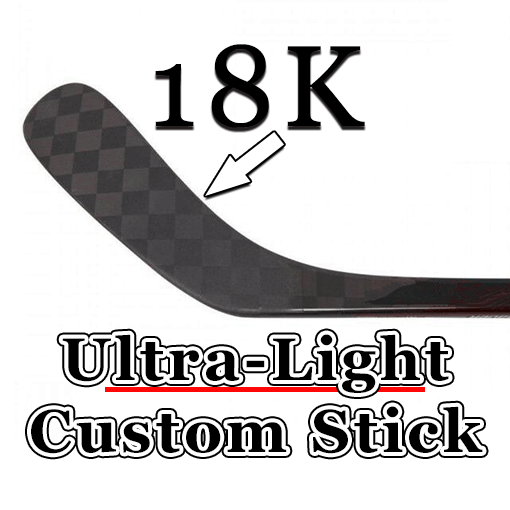
Accessories
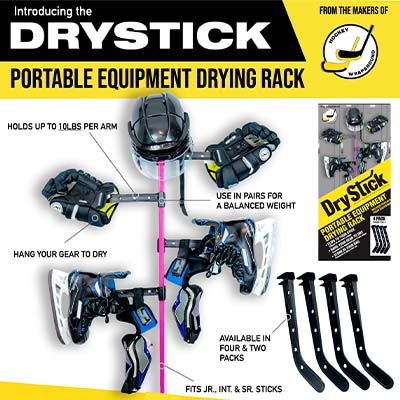
Activewear
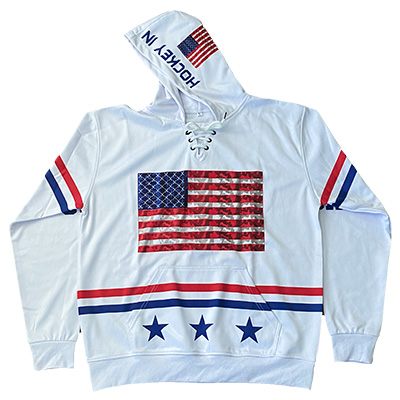
Gift Cards
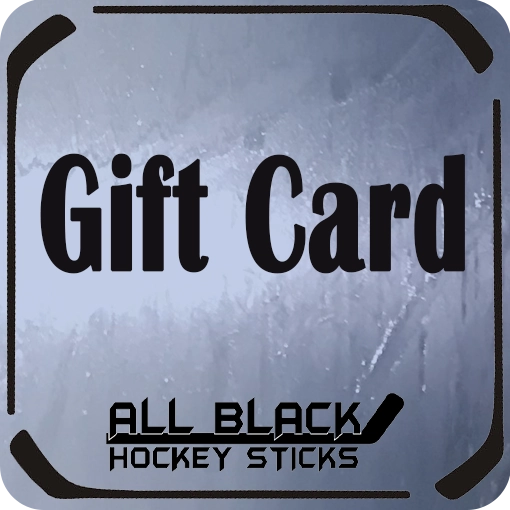
Specialty
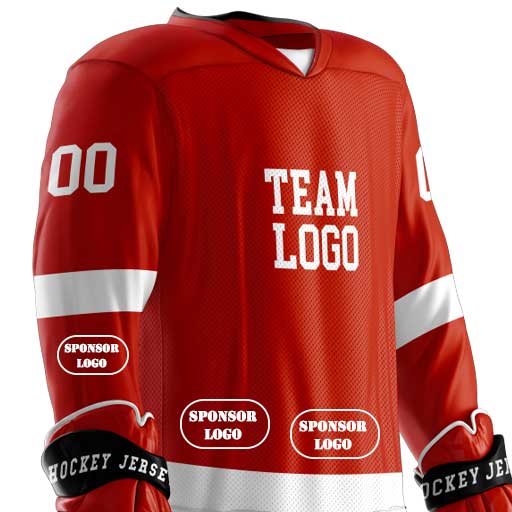

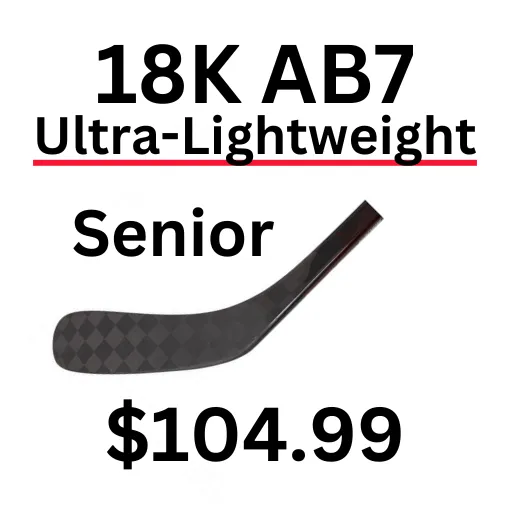
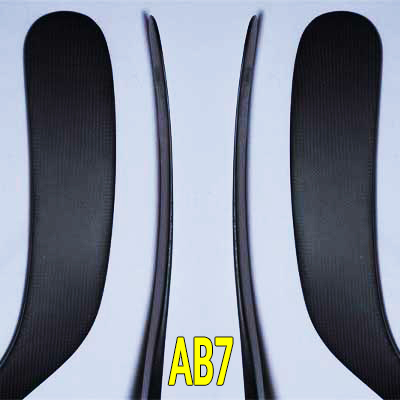
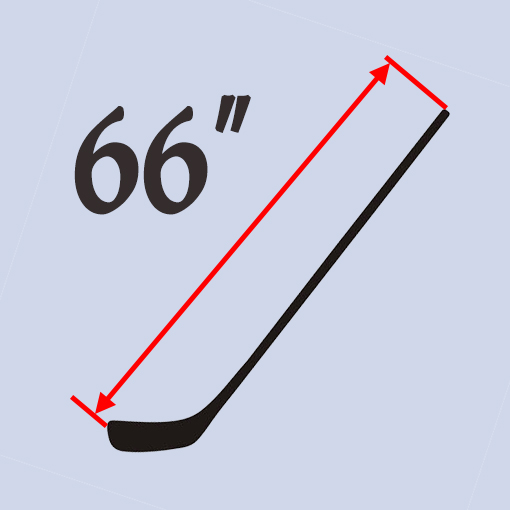
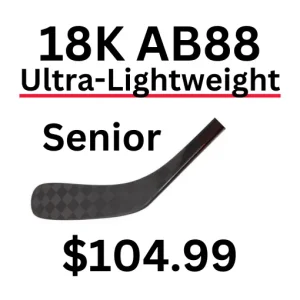
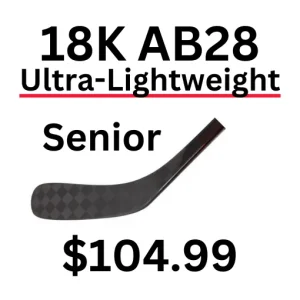
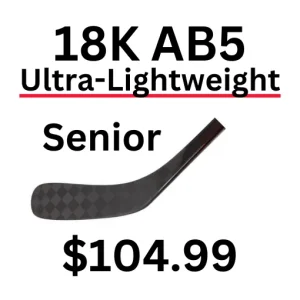
Reviews